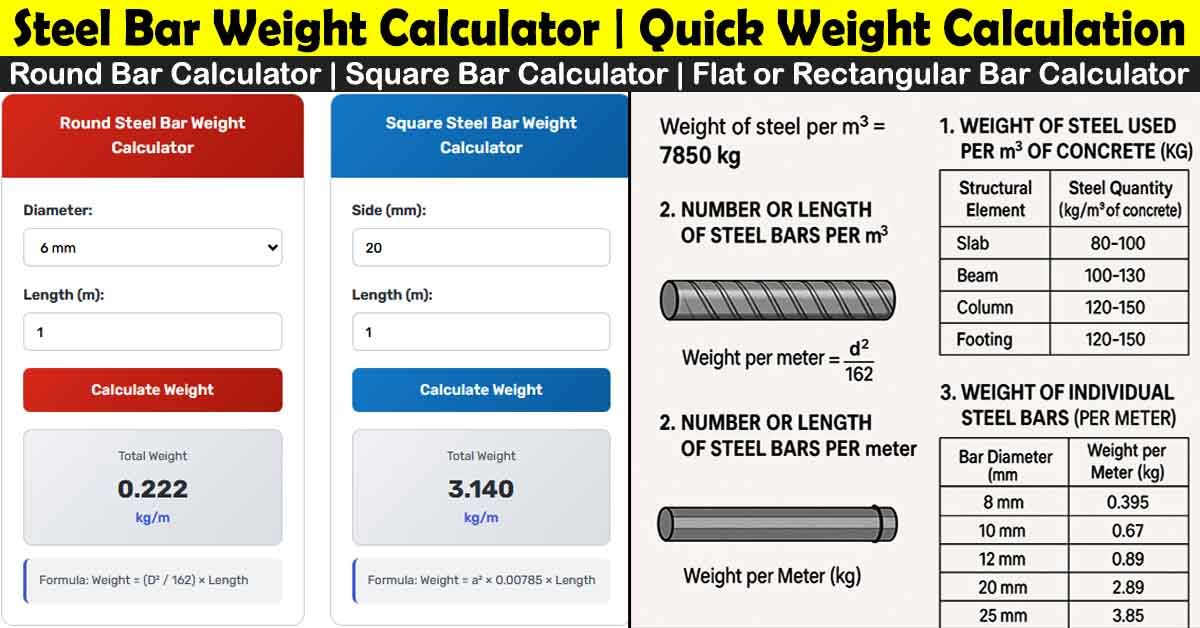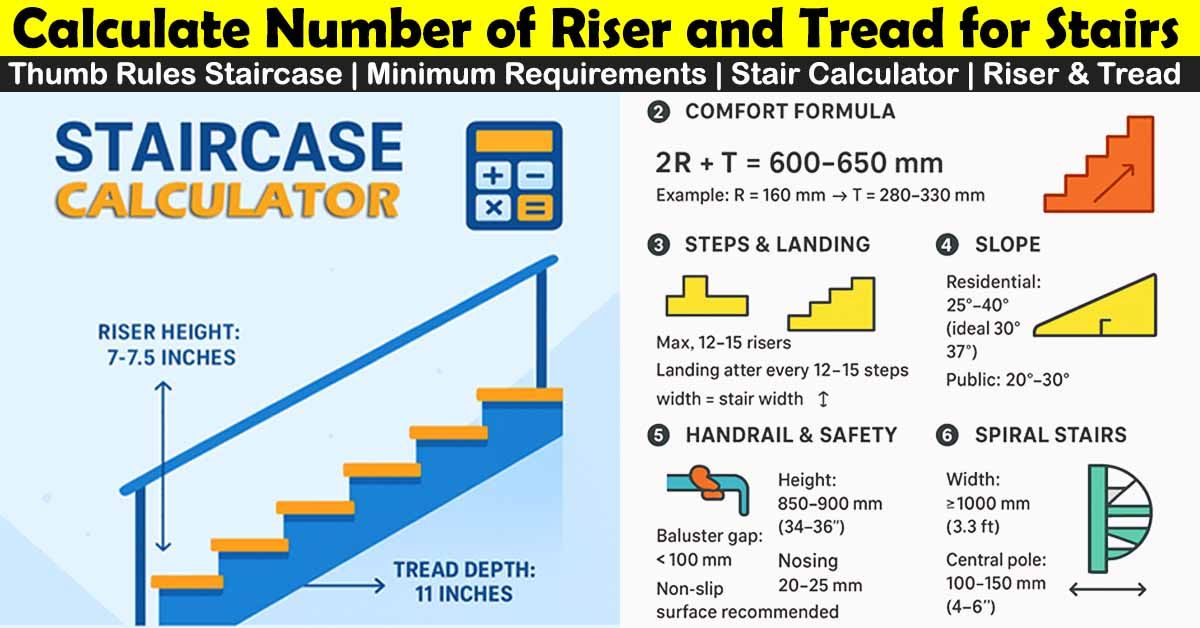Last updated on: February 4, 2023
Can You Lay Asphalt In Winter or Cold Weather
Asphalt is a popular material for paving driveways, parking lots, and roads. It is durable, versatile, and cost-effective, making it an ideal choice for many property owners. But what about winter? Can you lay asphalt during the cold season or winter? The answer is yes, you can, but with some important considerations.

The Problem with Laying Asphalt In Winter
Lay asphalt in winter weather is possible, but it requires proper consideration and preparation. If the ground is frozen or if it is raining, snowing, or damp, it is recommended to delay the project until the weather improves and the temperature rises.
This is because frozen ground can lead to the asphalt also freezing and stiffening, causing potholes and cracks in the surface.
Similarly, wet conditions can negatively impact the quality of the asphalt, causing it to cool rapidly and making it difficult to flow and compact.
It is important to choose a contractor who is knowledgeable and experienced in laying asphalt in winter weather. They will be able to advise on the best times and conditions for your project, ensuring that the finished result is of high quality and will last for years to come.
What Is The Best Time Of Year To Lay Asphalt?
The best time to lay asphalt is during warm and dry weather, typically between the months of April to November. This is because warm temperatures allow the asphalt to properly cure and harden, creating a durable surface.
Dry weather conditions prevent the asphalt from becoming diluted by rain or snow, ensuring that it sets correctly and retains its strength and durability.
Additionally, laying asphalt during the warmer months allows for proper compaction, which helps to eliminate any air pockets and ensures a strong bond between the layers.
This is important for the longevity of the pavement and helps to prevent cracking and other defects.
What Is The Best Type Of Asphalt For Winter?
First, you must understand and differentiate between the two different variants of asphalt—hot-mix asphalt and cold-mix asphalt.
Hot-Mix Asphalt:
Hot mix asphalt is mostly utilised in asphalt paving operations and needs to stay hot to perform as planned. This implies that because hot-mix asphalt will cool during manufacture and lose its suitability, it is not a good choice for the winter.
Cold-Mix Asphalt:
Cold-mix asphalt, on the other hand, is designed to function even in cold climates and can be very useful during the winter. It doesn’t need to be heated, unlike hot mix asphalt, and you may even pour it directly from the bag without any additional tools.
Factors Effecting to Laying Asphalt in Winter or Cold Weather?
Keep these five things in mind before asphalt paving or lay asphalt in winter:
-
Ground Temperature:
The temperature of the ground or foundation supporting the pavement is crucial in paving. Contractors will not pave if the ground temperature is below a certain point, as the colder the foundation, the faster the asphalt will lose heat and hinder adequate compaction.
-
Lift Thickness:
Lift thickness impacts the speed of heat dissipation. In cold weather or colder temperatures, crews have a small window for working on a thin layer of asphalt.
Thicker lifts hold temperature longer and retain heat exponentially, for example, a 3-inch lift will retain heat for four times as long as a 1.5-inch lift.
-
Mix Delivery Temperature:
The distance between the asphalt plant and the job site can affect the delivery temperature of the asphalt. Asphalt (asphalt paving) that cools during transit may result in a poor-quality pavement with a reduced lifespan.
-
Ambient Air Temperature:
While having a minor impact on cooling rate, air temperature combined with wind can result in conductive and convective heat transfer, reducing the heat in the pavement. The temperature of HMA during rolling is critical to successful compaction.
-
Solar Radiant Flux:
Sunlight helps reduce the rate of HMA cooling, ensuring that the mix temperature is a minimum of 290°F at the mid-depth of the mat when compaction starts.
The difference between heat absorbed by the pavement from the sun’s rays and heat radiated off the mat into the air is the net heat loss from the pavement.
Conclusion:
In conclusion, while it is possible to lay asphalt in winter, it requires careful preparation and consideration. The cold temperatures can affect the quality of the asphalt mix, and winter weather can present challenges that can impact the success of the project. However, if done correctly, winter asphalt paving can be a cost-effective and efficient option for property owners looking to upgrade their pavement.
If you are considering a winter paving project, it is essential to work with a professional contractor who has experience in this type of work and can help ensure that your project is a success.
OTHER POSTS:
-
Deflection Angle in Surveying – How to Calculate and Measure
-
Method Statement of Polyurethane Waterproofing for Walls and Roof
-
Method Statement for Trench Excavation and Backfill for Electrical Cables
FAQs:
How to Lay Asphalt in Winter?
Laying asphalt in winter is challenging due to the low temperature, which affects the properties of the asphalt mixture. However, it can still be done by preparing the base, heating the asphalt mixture, and applying it immediately to avoid cooling and solidification. The surface should also be protected from the cold weather to ensure proper curing.
Can you Pave in Cold Weather?
Yes, you can pave in cold weather as long as the temperature is above freezing point and the surface is properly prepared for paving. However, the paving material may not adhere as well in cold conditions and can crack or freeze if the temperature drops too low.
What is the best time of year to lay asphalt?
The best time to lay asphalt is during the warm months, typically between late spring and early fall, when temperatures are consistently above 60-70°F. This allows the asphalt to properly cure and settle into its final form. To Lay asphalt in winter or during colder months increases the risk of cracking and shrinkage due to temperature fluctuations.
What is the coldest temperature to lay asphalt?
The coldest temperature to lay asphalt is typically between 50°F to 60°F. If the temperature falls below this range, the asphalt may become brittle and cracks may occur. In extreme cold temperatures, the asphalt may not adhere properly to the base layer.
What is the temperature of asphalt laying in Pakistan?
In Pakistan, the specifications for asphalt binders are established through the Penetration Grade test. This test is conducted at a temperature of 25°C and is used to determine the asphalt’s grade.
Is asphalt good for cold climates?
Asphalt is a durable and flexible material that can withstand harsh weather conditions, including cold temperatures. However, it can become brittle and crack in extreme cold weather if not properly maintained with regular sealing and filling. To ensure its longevity in cold climates, proper installation and maintenance are necessary.






